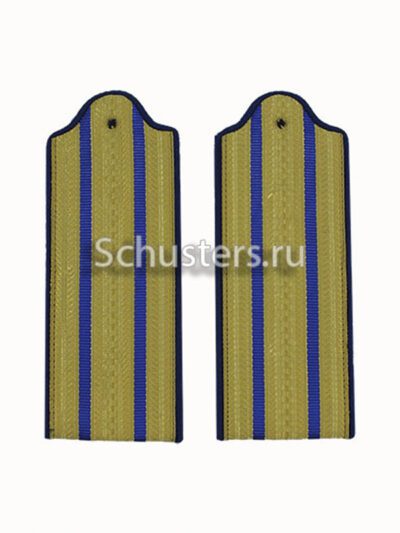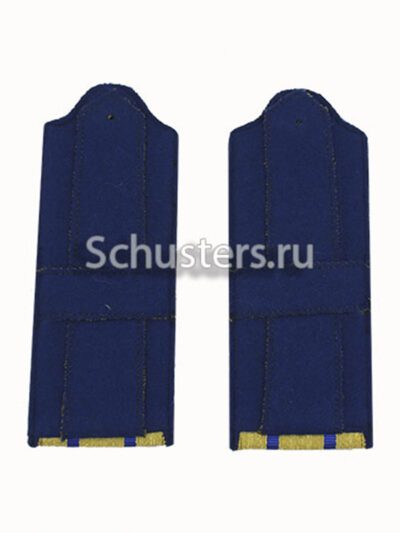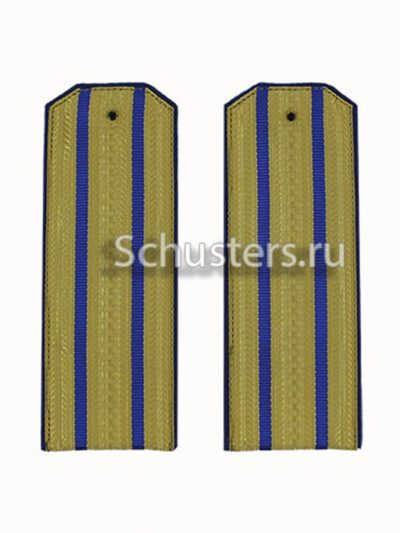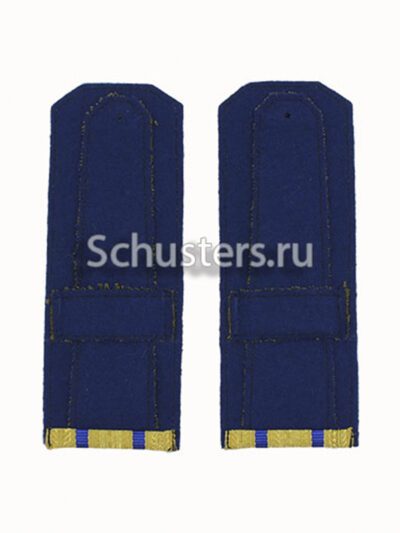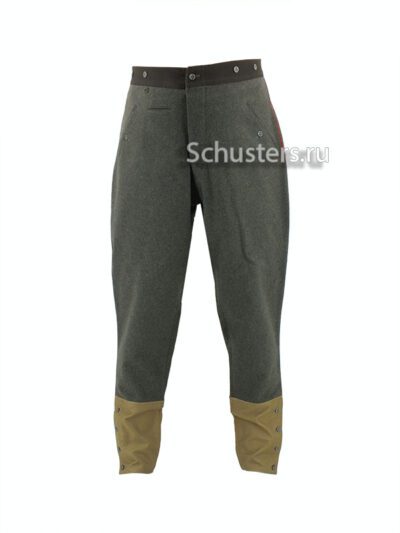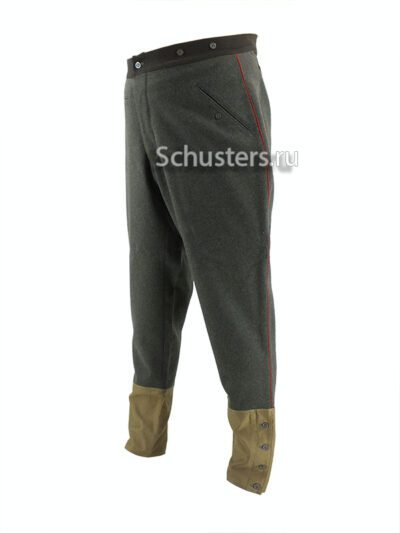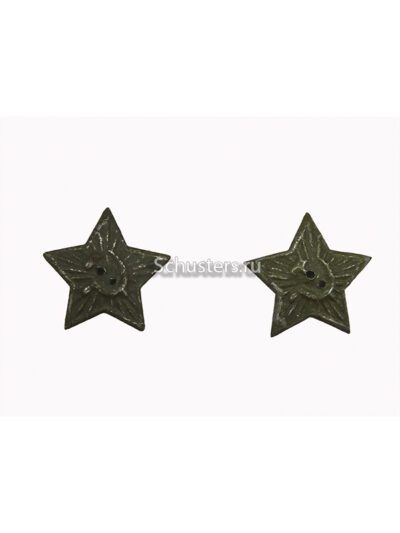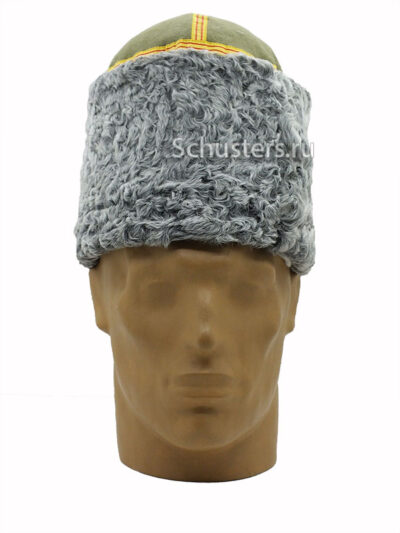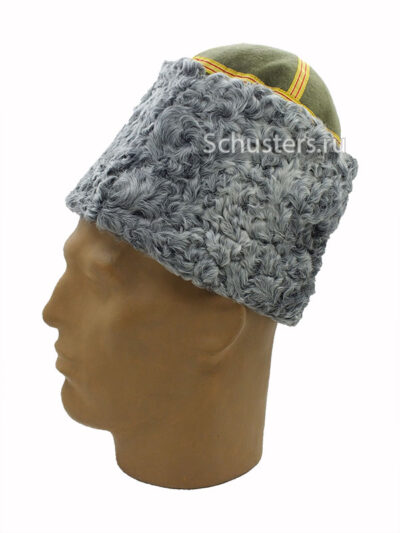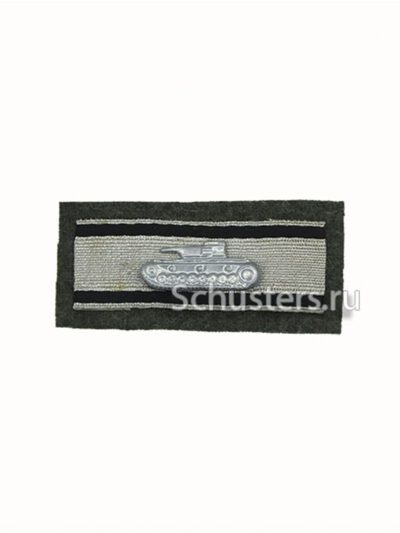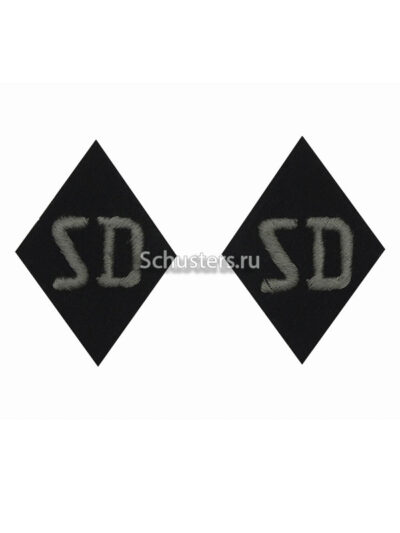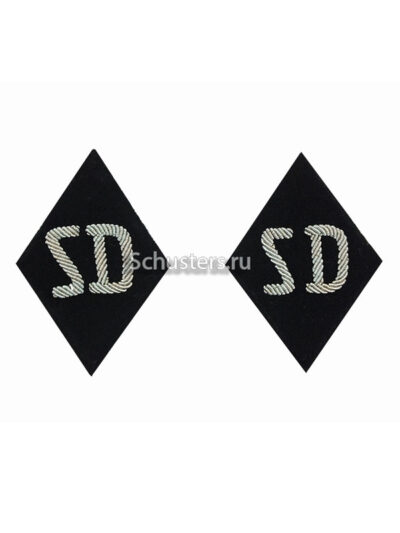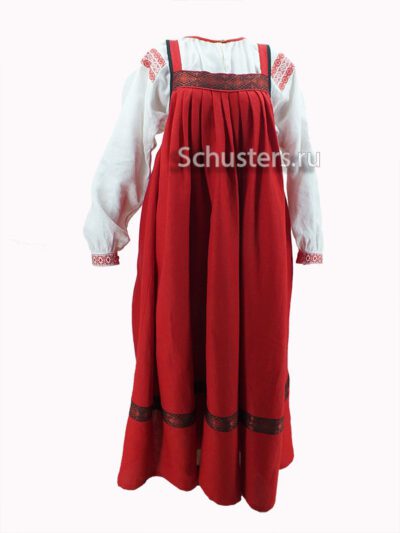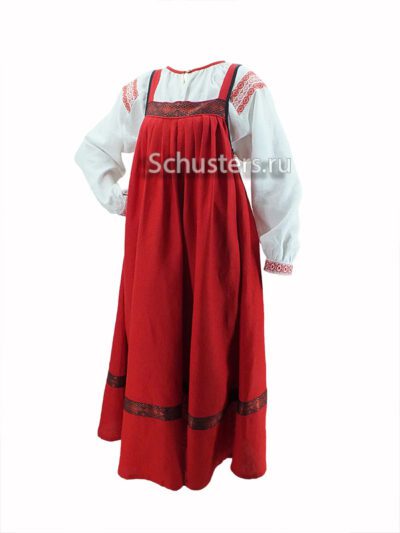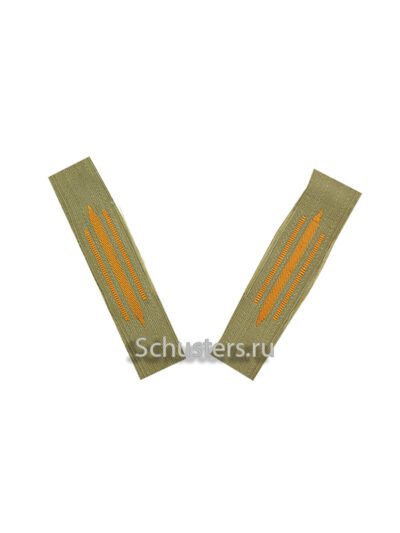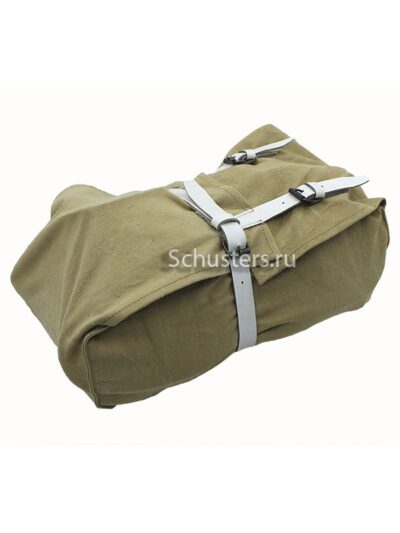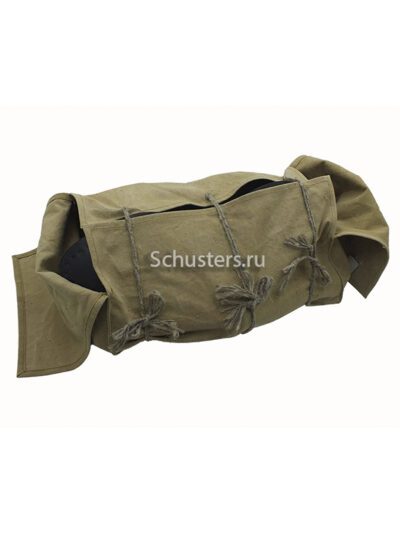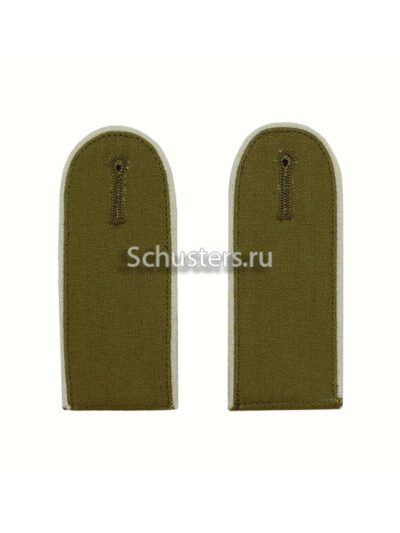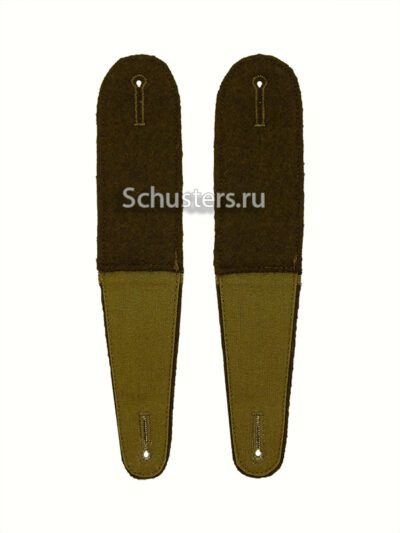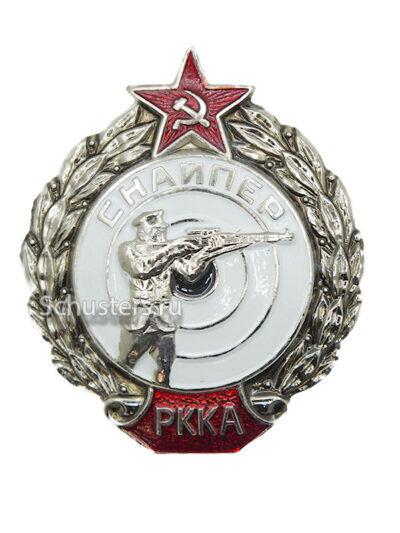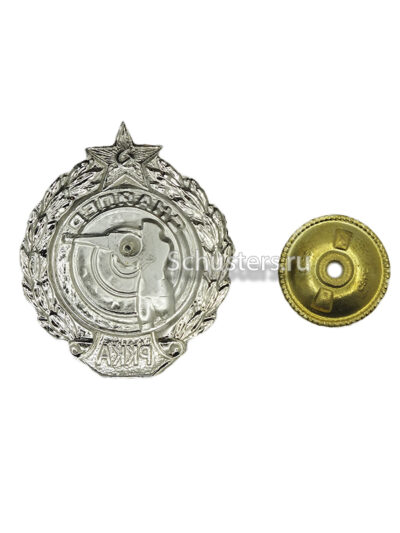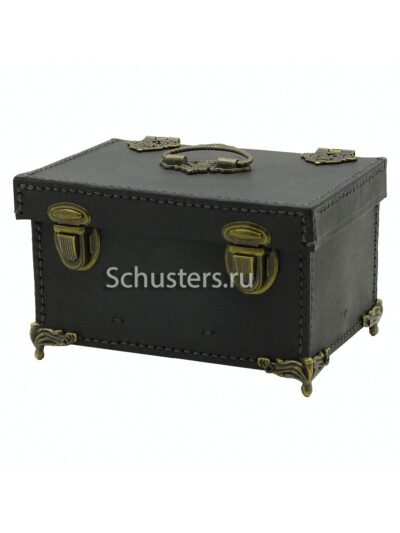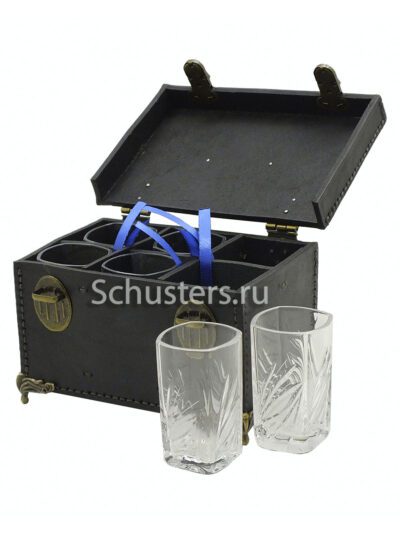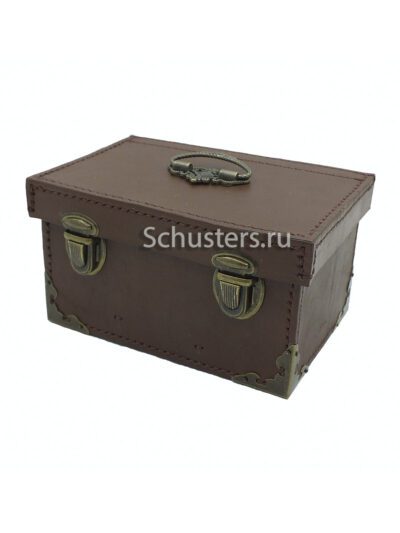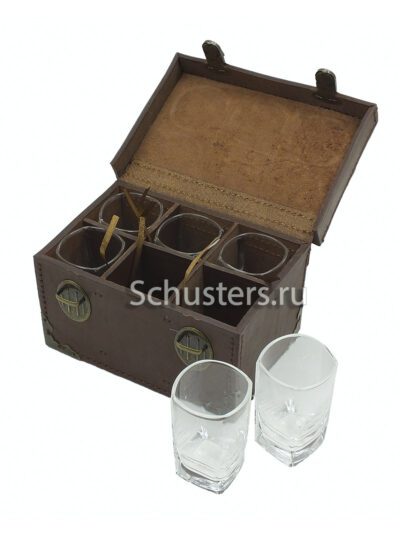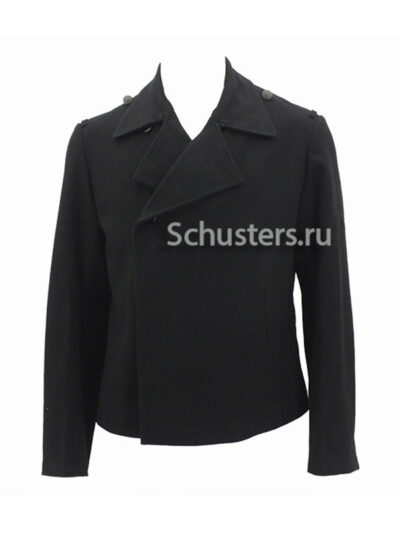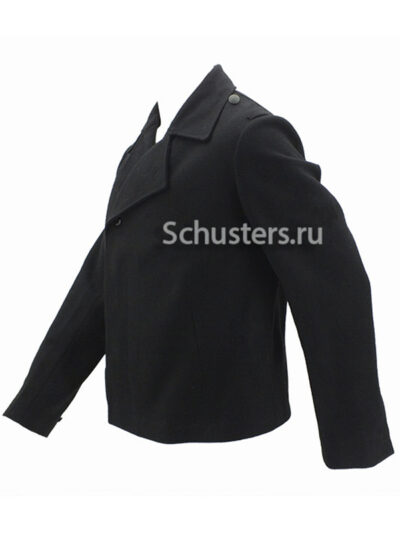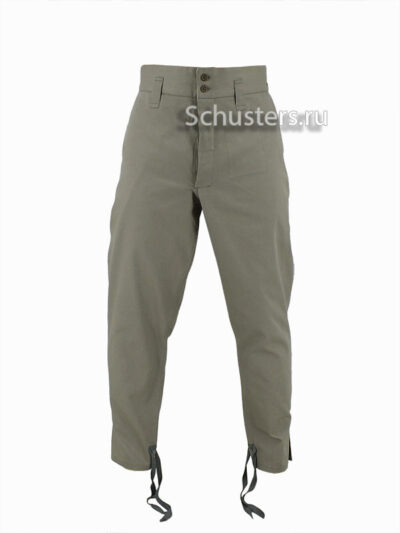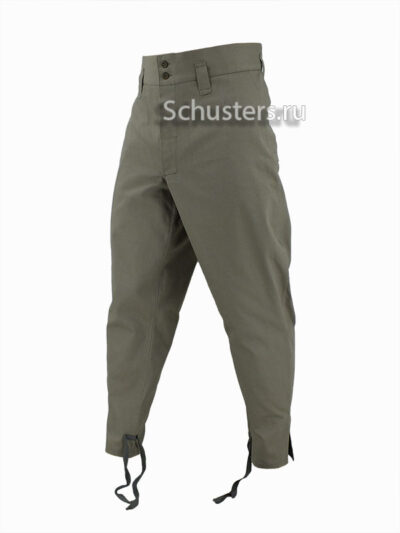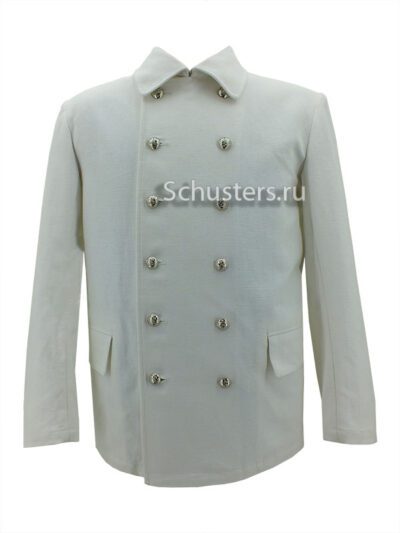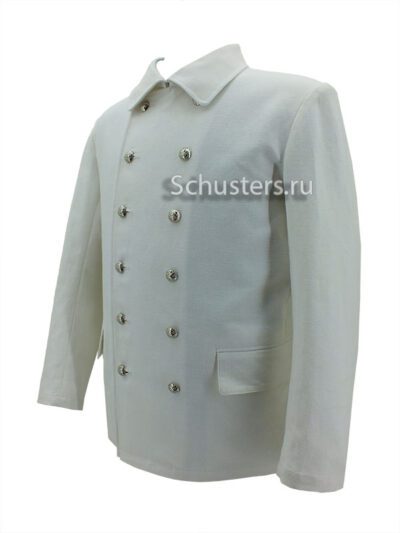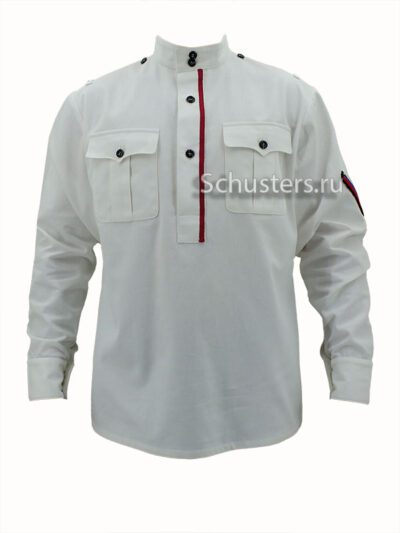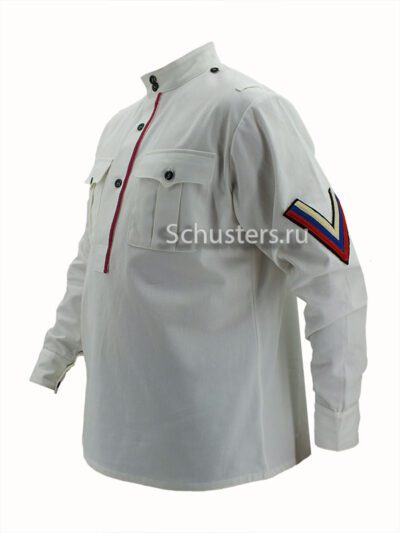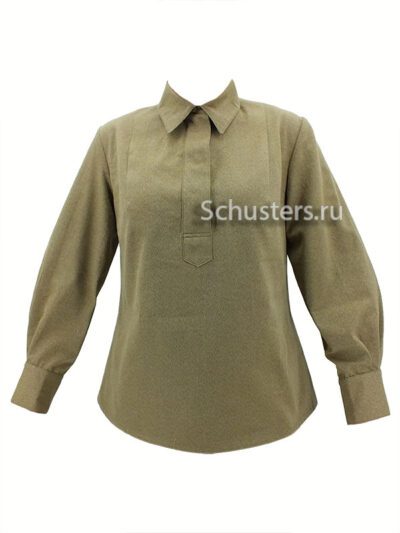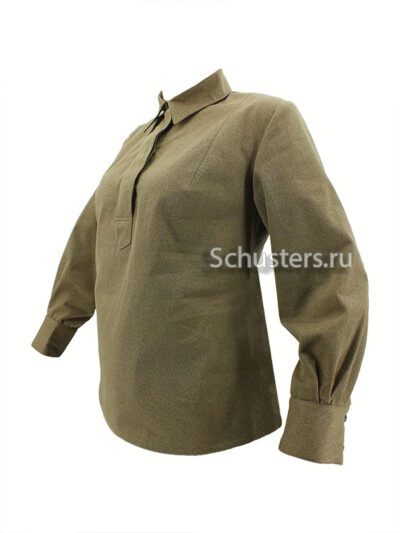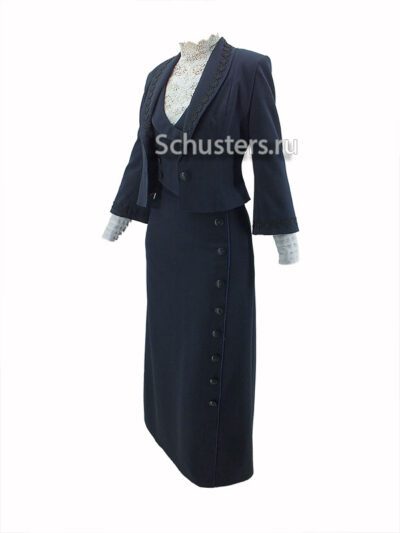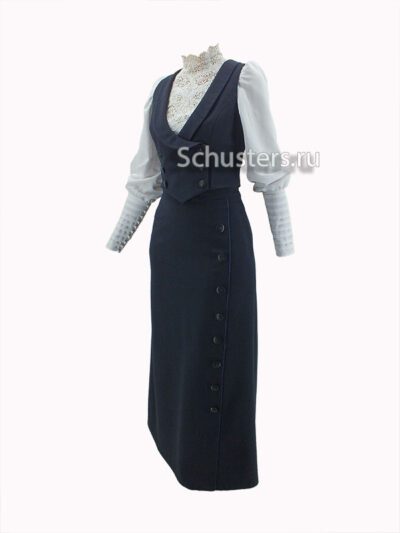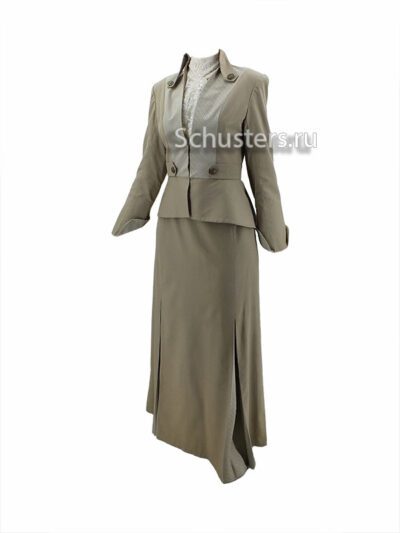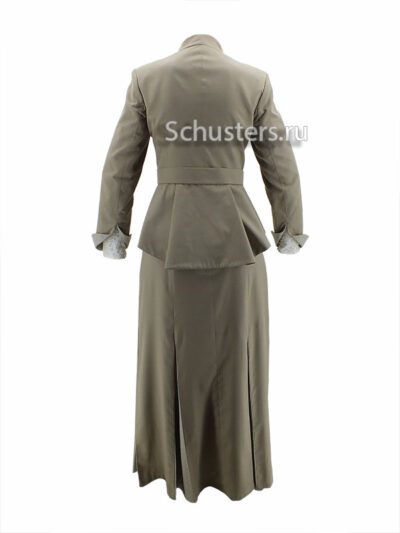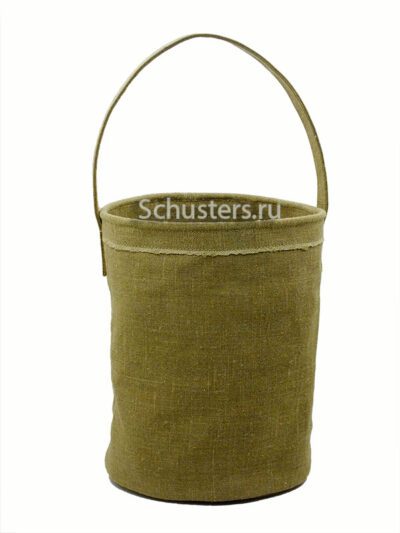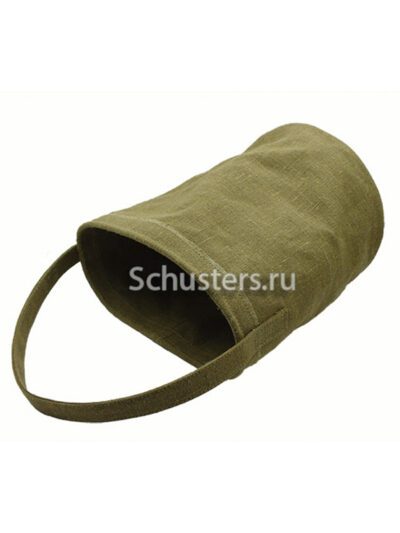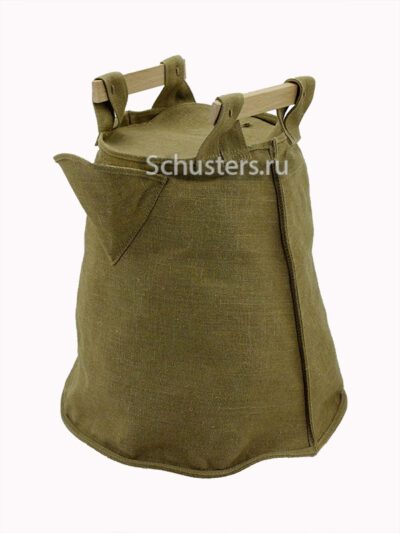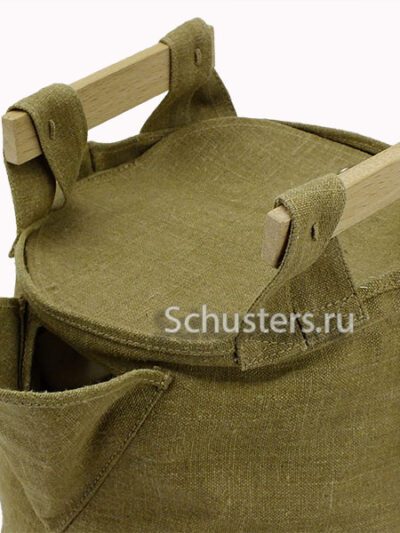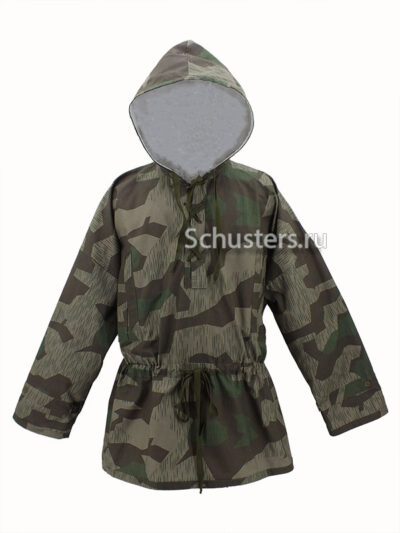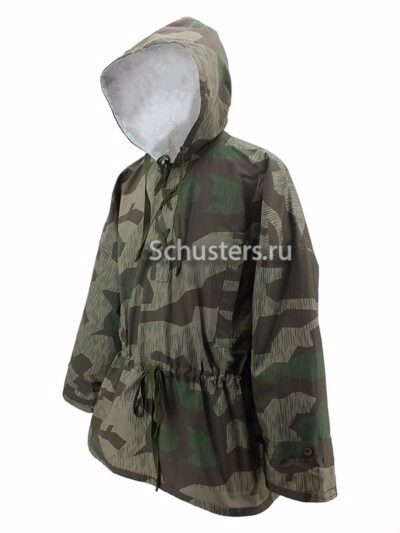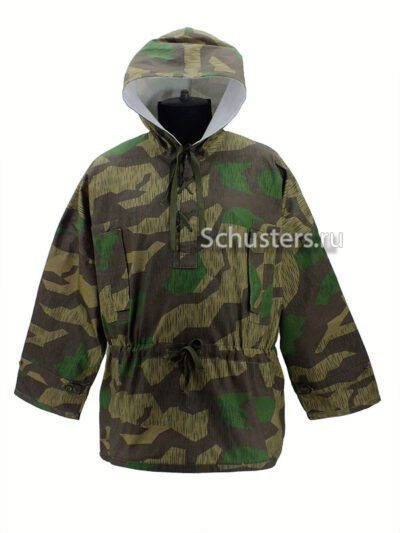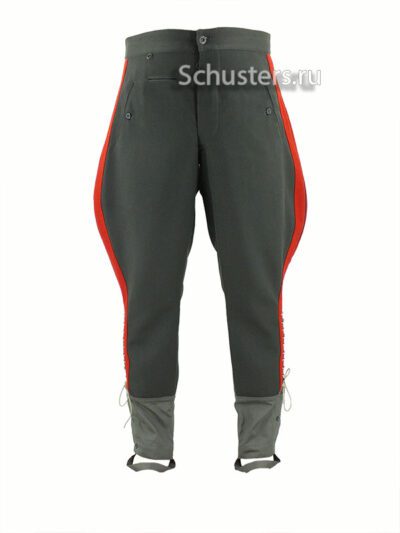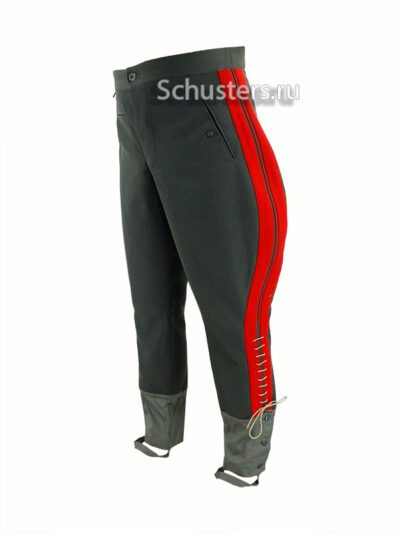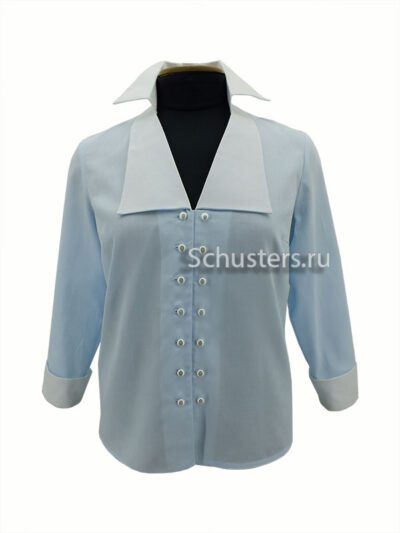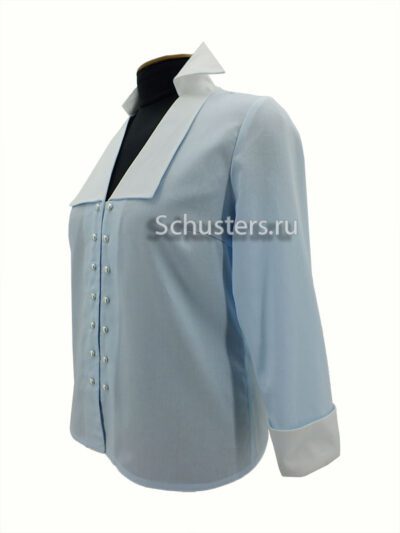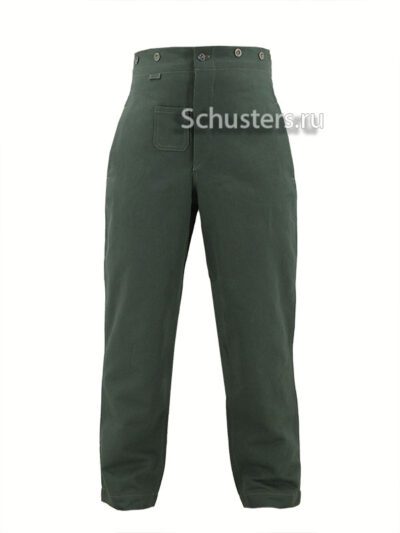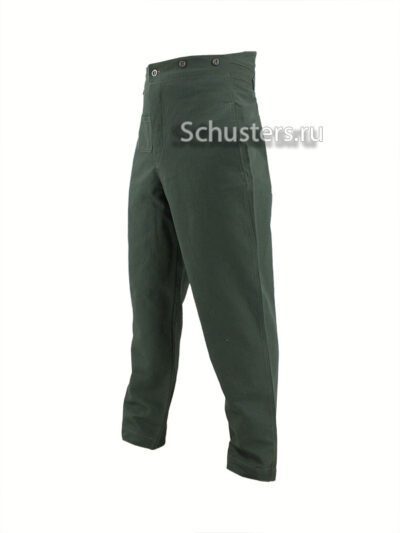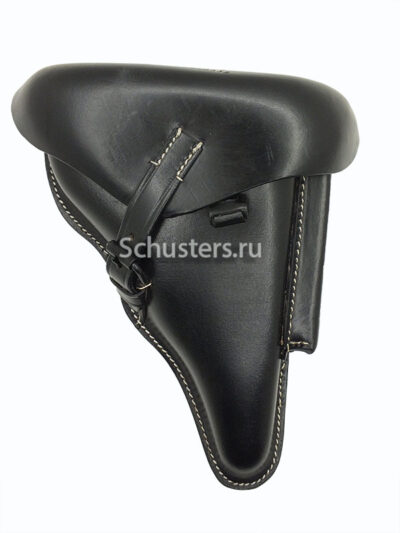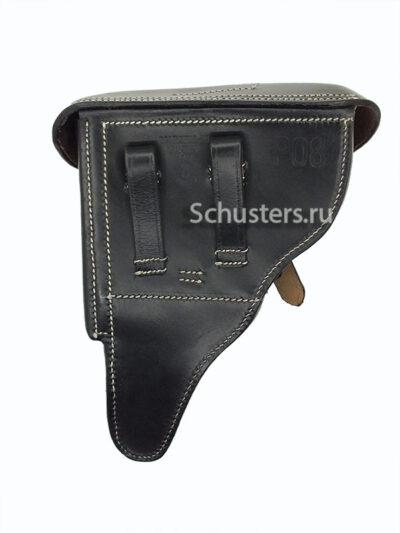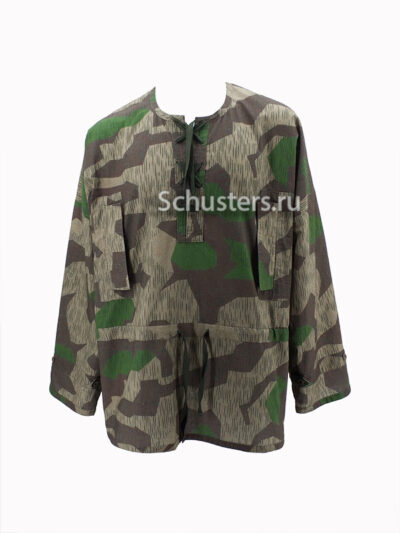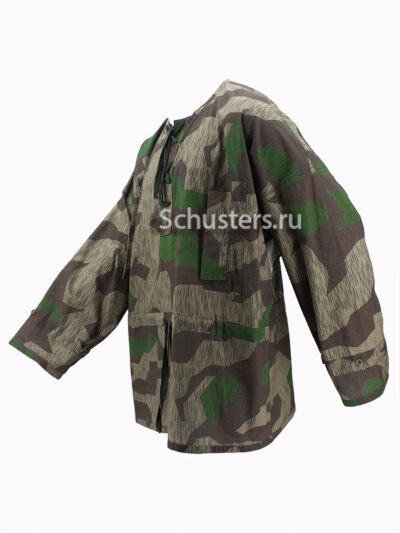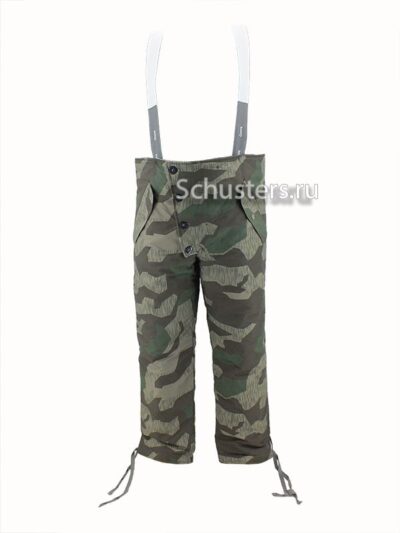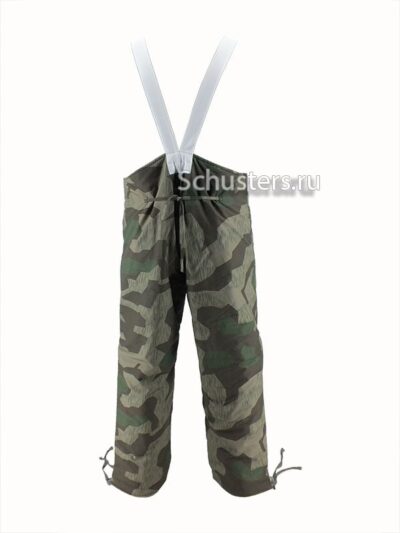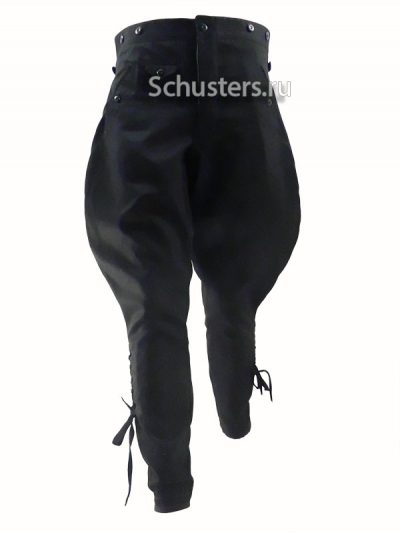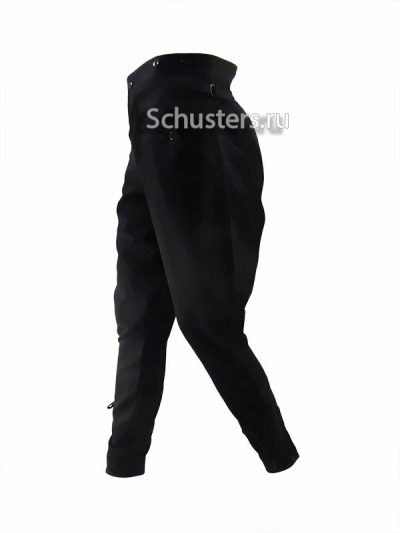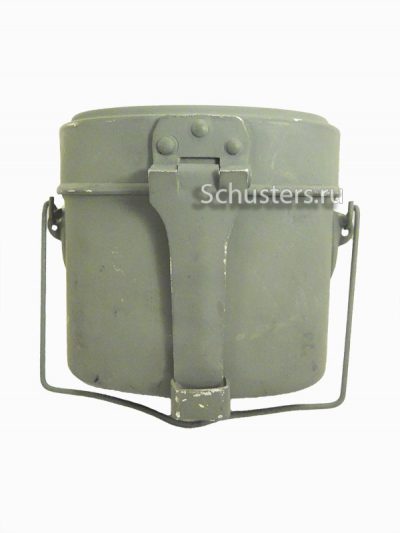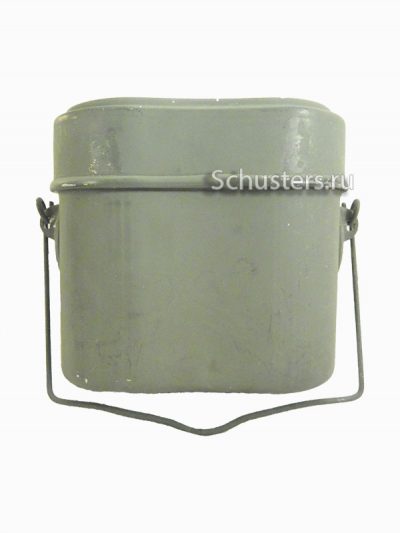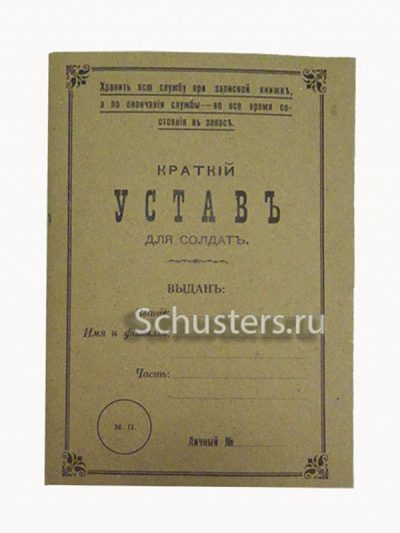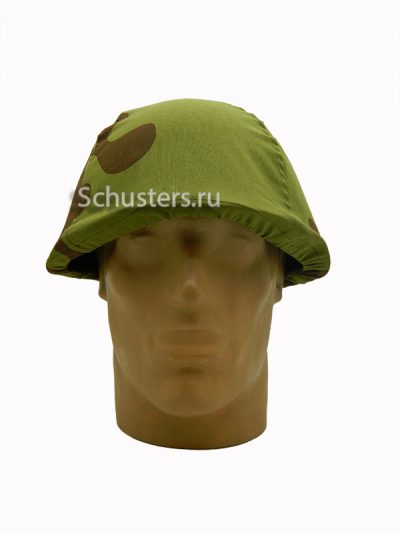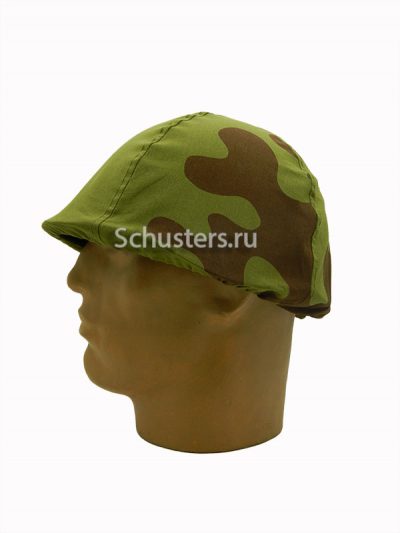Officer’s everyday shoulder straps arr. 1943 (Senior State Security Command) (Погоны повседневные офицерские обр. 1943 г. (старшего начальствующего состава государственной безопасности)) M3-312-Z
$ 28.0 per pairMade of brass metallized tape in full compliance with the technical specifications of the period of the USSR.
Officer’s everyday shoulder straps arr. 1944 (Senior State Security Command) (Погоны повседневные офицерские обр. 1944 г. (старшего начальствующего состава государственной безопасности)) M3-310-Z
$ 28.0 per pairMade of brass metallized tape in full compliance with the technical specifications of the period of the USSR.
Patch “for the destroyed tank of the 2nd degree” (Нарукавный знак «за уничтоженный танк 2 ой степени») M4-2612-Z
$ 13.0 per itemThe badge was established on March 9, 1942 to reward military personnel who destroyed an enemy tank or other armored vehicles in battle with hand weapons (a grenade, a magnetic mine, a flamethrower, an explosive charge, etc.; later – a Faustpatron). Artillerymen and tank crew or who worked with heavy weapons could not to be award badge.
People’s dress (Народный сарафан) M1-095-U
$ 110.0 per itemThe set consists of two parts, sundress and shirt
SS Armored Forces Jacket (Куртка бронетанковых войск SS) M4-125-U
$ 100.0 per itemТhe black panzer uniforms was introduced for members of the army Kraftfahrkampftruppe by an order dated 12.11.1934. the uniform consisted of a short double-breasted jacket, trousers, tricot pullover shirt, black tie and beret.
It appears that the first models used were the same pattern as the army, and likely obtained from them. One visible difference in the overall appearance was the SS brown shirt beneath the jacket instead of the army grey model. With a greater level of mobilization occurring within the Waffen SS, the uniform undoubtedly began to be manufactured by SS sources. In the 1941 the SS introduced the wool assault gun uniform in field grey, and reed-green HBT protective suit, both in the same pattern as the black. These new uniforms elicited a slightly different cut by rounding out the collar and giving the front opening a vertical closure. The new style quickly distinguished the SS model from its army counterpart. The changes over in design for the black uniform likely occurred prior the introduction of these uniforms, as they were intended to follow the same pattern as the black version. Therefore, modification of the black jacket probably occurred in the latter part of 1940. Thereafter, the jacket remained fairly consistent for the duration of the war, with only a few minor variations.
Summer bloomers for the lower ranks of the infantry arr. 1915 (Шаровары летние для нижних чинов пехоты обр.1915 г.) M1-020-Ug
$ 63.0 per itemOlive cotton fabric
Summer white shirt. Russia, civil war (Летняя белая рубашка. Россия, гражданская война) M1-017-Ub
$ 65.0 per itemShevron included in the price.
Tunic (shirt) for female servicemen of the Red Army (Гимнастерка (рубашка) для военнослужащих женщин Красной Армии) M3-056-U
$ 75.0 per itemTunic for female soldiers of the Red Army was introduced in 1942 by the order of the People’s Commissariat for Defense of the USSR.
The shirt was designed for women who served in various positions in the army, including medical personnel, technical staff, and civilian personnel working on military bases.
The women’s gymnasterka was made of lightweight cotton fabric and had open shoulders, two patch pockets on the front, and button fastenings. The design of the shirt was simple and functional, which allowed for ease of movement during duty.
This uniform was introduced along with other uniforms for women and became a testimony to progressive changes in the role of women in the army.
The gymnasterka was widely used in the USSR throughout the remaining part of the Great Patriotic War and became a symbol of the female role in the army and the nation
Walking suit (early 20th century) (Прогулочный костюм (начало 20 века)) M1-092-U
Talier costume. Consists of 4 items: skirt, blouse, vest, jacket.
Price on request.
Available in both standard and custom sizes.
Walking suit (early 20th century) (Прогулочный костюм (начало 20 века)) M1-093-U
Talier costume. Consists of 3 items: skirt, blouse, jacket.
Price on request.
Available in both standard and custom sizes.
Waterbag (Брезентовое ведро для воды) M4-098-S
$ 75.0 per itemBuckets of this type were used by German tankers and motorists due to their compactness when stored when folded.
Wehrmacht camouflage blouse in Splinter camouflage with hood (Камуфляжная блуза Вермахта в камуфляже Splinter с капюшоном) M4-138-U
$ 69.0 per itemSchlupfhemd Splitertarn Camouflage Blouse with one-way camo and hood, made of cotton. The inside is white.
Wehrmacht camouflage blouse in Splinter camouflage with hood (Камуфляжная блуза Вермахта в камуфляже Splinter с капюшоном) M4-138-Ua
$ 60.0 per itemSchlupfhemd Splitertarn camouflage blouse with single-sided camouflage and hood, made from cotton. Inner side white
Wehrmacht general’s breeches (Бриджи генерала вермахта) M4-128-U
$ 97.0 per itemThey were worn with field jackets of all cuts. In the first years of the war, breeches were sewn from stein gray fabric, a color approved back in 1916. This was due to the fact that pants, unlike a jacket or tunic, changed color faster with more frequent washing, so it was decided to initially introduce differences in the color of the tunic and breeches. On the trousers and breeches of the officers of the General Staff, double 33 mm stripes of crimson cloth and piping were sewn, differing from the generals only in color.
The photo shows gabardine breeches, avaliable in stein gray as well.
Women’s blouse. Russian Empire 1914 (Женская блуза. Российская Империя 1914 год) М8-168-U
$ 90.0 per itemWomen’s blouse is made of satin and complemented with a white collar with revers. Free-cut silhouette with a central fastener with buttons in two rows (1st – functional, 2nd – decorative)
Wehrmacht camouflage blouse in Splinter camouflage (Камуфляжная блуза Вермахта в камуфляже Splinter) M4-115-U
$ 52.0 per itemSplitertarn camouflage blouse with unilateral camouflage, made of cotton. The inside is white.
Black breeches for service uniforms (Черные бриджи к служебной униформе) M4-044-U
$ 97.0 per itemThe SS uniform was radically changed in 1932 after the decision to give it a more respectable look. On July 7, 1932, the wearing of black coats and breeches was introduced. First, the officers received a new uniform, then everyone else. The re-equipment process was fully completed by mid-1934.
Bowler hat of the GDR army. Original, brand-new (Котелок армии ГДР. Оригинал. Состояние новое) M4-2464-S
$ 19.0 per itemThis bowler hat was produced for the National People’s Army (Nationale Volksarmee, NVA) of the German Democratic Republic, the most loyal and most efficient ally of the USSR.
One of the models of the Wehrmacht bowlers was taken as a basis. There are no lower and upper hinges on the handle cover. The lugs for fastening the handle of the bowler hat are practically indistinguishable from the original Wehrmacht bowlers.


